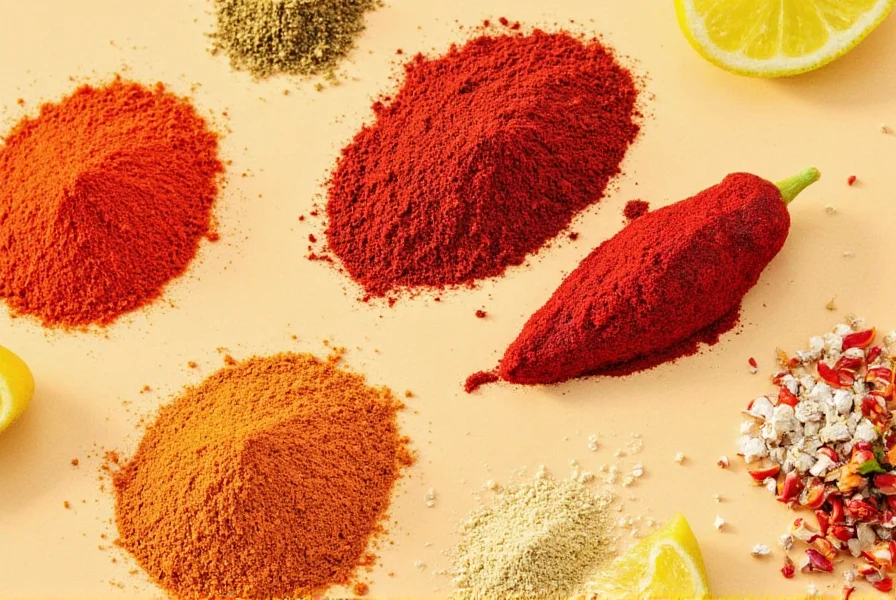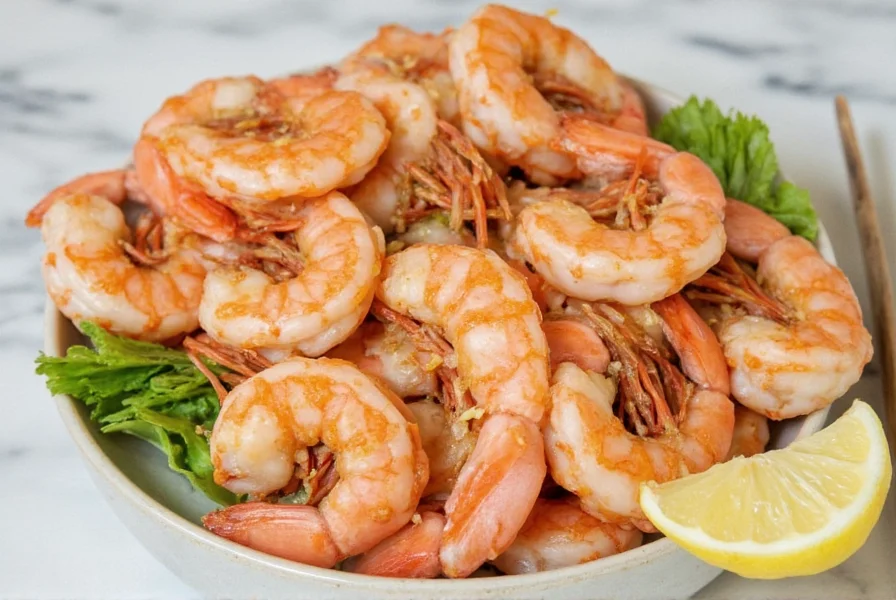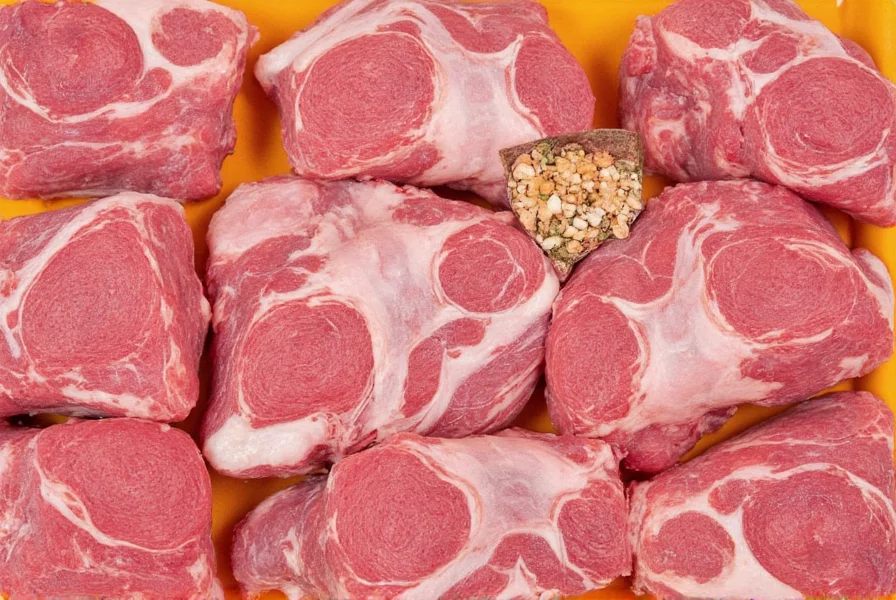A Sweet and Savory Delight: Fig Goat Cheese Pizza for Spice Lovers
Table of Contents
- Introduction to Fig Goat Cheese Pizza
- Understanding the Role of Spices in Pizza
- Practical Tips for Making the Perfect Fig Goat Cheese Pizza
- Buying Guide: Choosing the Right Ingredients
- Conclusion
Introduction to Fig Goat Cheese Pizza
If you're a fan of bold flavors, sweet and savory combinations, or simply love exploring new culinary delights, then fig goat cheese pizza is a must-try. This unique dish blends the earthy richness of goat cheese with the natural sweetness of dried figs, creating a flavor profile that's both comforting and exciting.
But what makes this pizza so special? It’s not just about the ingredients—it’s also about how they’re prepared and paired. Whether you're an amateur enthusiast or a seasoned chef, understanding the basics of spices and how they enhance this dish can take your pizza-making game to the next level.

Understanding the Role of Spices in Pizza
Spices are the secret weapon behind many great pizzas. They add depth, complexity, and that extra kick that makes each bite memorable. While traditional pizzas often rely on oregano, basil, and garlic, dishes like fig goat cheese pizza offer a more nuanced approach.
When it comes to fig goat cheese pizza, the key is balance. The sweetness of the figs needs to be complemented by something savory, while the tanginess of the goat cheese should be enhanced by a subtle spice. Common spices used in such combinations include:
- Oregano: Adds a warm, herbal note.
- Basil: Brings a fresh, slightly peppery flavor.
- Cumin: Offers a smoky undertone that pairs well with the earthiness of goat cheese.
- Saffron: Provides a luxurious, floral aroma that elevates the overall taste.
- Black Pepper: Enhances the flavor without overpowering it.
By experimenting with these spices, you can tailor your fig goat cheese pizza to suit your personal taste preferences. Whether you prefer a light, delicate flavor or something more intense, there’s a spice combination out there for you.

Practical Tips for Making the Perfect Fig Goat Cheese Pizza
Creating a mouthwatering fig goat cheese pizza doesn’t have to be complicated. With a few simple tips, you can elevate your pizza from good to unforgettable. Here are some practical steps to follow:
1. Choose the Right Crust
The crust is the foundation of any great pizza. For a fig goat cheese pizza, opt for a thin, crispy base that won’t overshadow the delicate flavors of the toppings. A Neapolitan-style crust or a classic New York-style crust works well.
2. Use Fresh Goat Cheese
Fresh goat cheese adds a creamy texture and a tangy flavor that balances the sweetness of the figs. Look for a soft, spreadable variety rather than a firm one, as it will melt better and blend more seamlessly with the other ingredients.
3. Select High-Quality Dried Figs
Dried figs bring a natural sweetness that contrasts beautifully with the savory elements of the pizza. Make sure to choose plump, moist figs that haven’t been overly processed. They’ll add more flavor and a nice chewiness to the dish.
4. Add a Drizzle of Honey or Balsamic Glaze
To enhance the sweetness of the figs and create a little contrast, consider adding a drizzle of honey or balsamic glaze before baking. This step is optional but highly recommended for those who love a touch of extra flavor.
5. Experiment with Herbs and Spices
As mentioned earlier, herbs and spices play a crucial role in enhancing the flavor of your pizza. Try sprinkling a pinch of oregano or a dash of cumin over the top before baking. You can even experiment with a small amount of smoked paprika for a deeper, more complex taste.
6. Bake at the Right Temperature
To achieve the perfect balance between a crispy crust and a gooey center, bake your pizza at a high temperature—around 475°F (245°C) for about 10–12 minutes. Keep an eye on it to avoid burning the crust.

Buying Guide: Choosing the Right Ingredients
Choosing the right ingredients is essential for making a delicious fig goat cheese pizza. Below is a detailed guide to help you select the best products for your next pizza creation:
1. Goat Cheese
Features: Soft, creamy texture; mild to tangy flavor.
Advantages: Adds a rich, savory element that complements the sweetness of the figs.
Use Cases: Ideal for topping pizzas, salads, or as a spread.
Target Audience: Anyone looking to add a gourmet touch to their meals.
Suitable Occasions: Dinner parties, casual gatherings, or a cozy night in.
2. Dried Figs
Features: Plump, sweet, and chewy.
Advantages: Adds natural sweetness and a delightful texture.
Use Cases: Topping for pizzas, desserts, or breakfast items.
Target Audience: Health-conscious individuals and food lovers.
Suitable Occasions: Anytime you want to add a touch of sweetness to your meal.
3. Pizza Dough
Features: Thin, crispy, and easy to work with.
Advantages: Allows the toppings to shine without overwhelming them.
Use Cases: Homemade pizzas, restaurant-style pies, or quick dinners.
Target Audience: Home cooks and pizza enthusiasts.
Suitable Occasions: Weekends, family dinners, or social events.
4. Spices and Herbs
Features: Aromatic, flavorful, and versatile.
Advantages: Enhance the overall taste and aroma of the pizza.
Use Cases: Seasoning for meats, vegetables, or as a finishing touch.
Target Audience: Chefs, home cooks, and spice lovers.
Suitable Occasions: Any time you want to add more depth to your cooking.

Conclusion
Fig goat cheese pizza is a fantastic example of how the right combination of ingredients and spices can create a truly unforgettable dish. Whether you're a seasoned cook or just starting out, this pizza offers a fun and flavorful way to explore the world of spice basics.
By understanding the role of spices, following practical tips, and choosing quality ingredients, you can make a fig goat cheese pizza that’s both satisfying and impressive. So why not give it a try? You might just discover your new favorite pizza.











 浙公网安备
33010002000092号
浙公网安备
33010002000092号 浙B2-20120091-4
浙B2-20120091-4